- /
- Blog
- /
- How SEO Shapes eCommerce...
How SEO Shapes eCommerce
Website Design & Domain Selection
How SEO Shapes eCommerce Website Design & Domain Selection
With today’s online business, an eCommerce website is not only about its looks; it has to be search engine friendly as well. SEO is instrumental in defining how visible, how much traffic, and how many conversions an online store gets. Right from site architecture to domain name, everything on an eCommerce website contributes to its ranking and usability on the search engines.
What is the impact of SEO on eCommerce website designing?
SEO is one of the key factors in eCommerce website designing because it increases your site’s visibility. A professional eCommerce website designing company in Vijayawada understands how to optimize a website’s structure, product pages, and content for higher SEO rankings, ultimately attracting organic traffic and enhancing credibility. A professional eCommerce website designing company in Vijayawada understands how to optimize a website’s structure, product pages, and the overall website content for higher SEO rankings. Implementing SEO best practices not only improves search engine rankings but also enhances user experience, leading to higher engagement and conversions.
- Mobile-Friendly & Responsive Design : Google ranks mobile-friendly websites higher in search results. An eCommerce website should be responsive enough to give an uninterrupted shopping experience on different devices. Mobile optimization also leads to lower bounce rates and enhanced user engagement. An optimized mobile website also benefits accessibility and enables users to shop from any device at their convenience. Google ranks mobile-friendly websites higher in search. A site selling products online needs to be completely responsive to ensure consistent shopping experience on any device. Mobile optimization also minimizes bounce rate and enhances user interaction.
- Site Structure & Navigation : A neatly structured website organization improves both search engine crawlers’ capacity for indexing pages as well as the user experience. An uncluttered hierarchy with adequate categories, subcategories, and breadcrumb navigation allows both customers and search engines to conveniently locate products. Adequate internal linking within the structure further stabilizes the SEO foundation and improves page authority. An organized site architecture improves both search engine crawlers’ indexing capacity and the user experience. An evident hierarchy with sufficient categories, subcategories, and breadcrumb navigation will help customers and search engines locate products easily.
- Page Speed Optimization : Quick page loading is important for eCommerce websites. A slow web page may boost bounce rates, resulting in lost sales. Image optimization, elimination of unnecessary scripts, and use of browser caching enhance page speed as well as SEO ranking. Using a Content Delivery Network (CDN) can further speed up loading times for different geographic locations. Fast pages are important for eCommerce websites. An idle site may drive bounce rates higher, which translates into missed sales. Images optimized, unused scripts minimized, and browser caching enhanced boost page speed and SEO scores.
- SEO-Friendly URLs : Short, keyword-dense URLs enhance search visibility and click-throughs. URLs should be logically constructed and not have extraneous parameters or numbers. For instance:
Good URL: example.com/men-shoes/sneakers
Bad URL: example.com/product123?ref=xyz
Well-designed URLs also enhance site structure and facilitate easier sharing of links. Short, keyword-dense URLs enhance search visibility and click-throughs. URLs should be logically constructed and not have extraneous parameters or numbers. For instance:
Good URL: example.com/men-shoes/sneakers
Bad URL: example.com/product123?ref=xyz
- Product Content & Description Optimization : Keyword-based and unique product descriptions improve ranking and assist with customer decision-making. Preventing duplicate content and adding relevant words, good photographs, and video will increase the engagement. Such well-written content also promotes viral sharing, contributing to overall website traffic. Product descriptions that are distinct and keyword-rich improve search results and inform the customer. Refrain from duplicating content, and use pertinent keywords, high-quality videos, and images to increase interaction.
- Safe & User-Centric Checkout Experience : Customers and search engines love safe (HTTPS) and easy checkout experiences. A secure or complex checkout process may result in cart abandonment and reduced conversions. Offering multiple payment methods and guest checkout can simplify the process even more and drive sales.
Want to maximize your marketing ROI? Our audit & consulting services help identify what’s working and what’s not.
- Internal Linking & Breadcrumbs : Internal linking enhances crawlability and spreads page authority throughout the site. Navigation through breadcrumbs will improve user experience and enable the search engines to know the website structure. Directed linking on the product pages helps to lead people to similar items, which augments the odds of purchase. Internal linking enhances crawlability and distributes page authority throughout the site. Breadcrumb navigation helps enhance the user experience and enables search engines to realize the structure of the site.
- Schema Markup for Rich Snippets : Using schema markup for product listings (price, availability, and reviews) enables search engines to display rich snippets, and your listings become more appealing to users. Rich snippets enhance click-through rates through delivering more details inline in search results. Incorporating schema markup for product offers (price, availability, reviews) aids the search engine to show rich snippets, increasing users’ preference to click through listings.
- Image Optimization : Image optimization using appropriate alt tags, file names, and compression saves loading time and improves search results in Google Images. Utilizing next-generation image formats such as WebP has the potential to further improve page speed and quality. Optimizing images with descriptive alt text, good file names, and compression results in quicker loading and improved search rankings in Google Images.
- eCommerce local SEO : In case your eCommerce website also has a physical presence in terms of stores, optimize for local SEO through Google My Business, localized keywords, and geo-specific landing pages to gain customers locally. Asking for reviews from customers and optimizing for NAP consistency (Name, Address, Phone) can improve search visibility further for locals. If your eCommerce website has a physical store presence, local SEO optimization with Google My Business, local keywords, and location-based landing pages attracts local customers.
Which is the ideal domain for an eCommerce site?
When selecting a domain for your eCommerce site, it’s best to go with something short, catchy, and specific to your business. Make sure that the selected domain name is not only relevant, but also SEO friendly with keywords that are likely to be searched by potential customers.
Select a Brandable & Rememberable Name
Add Keywords Smartly
Pick the Correct Domain Extension (.com or Others)
Don’t Use Hyphens & Numbers
Verify Trademark & Availability
Keep It Future-Proof SEO-based website design is crucial to eCommerce success. From responsive
Share this Article On:
Recent Updates
- 12 February 2025
- 12 February 2025
- 12 February 2025
- 12 February 2025
- 12 February 2025
- 12 February 2025
Have a Question?
If you cannot find answers to your queries, please fill out the enquiry form. We will contact you shortly.








